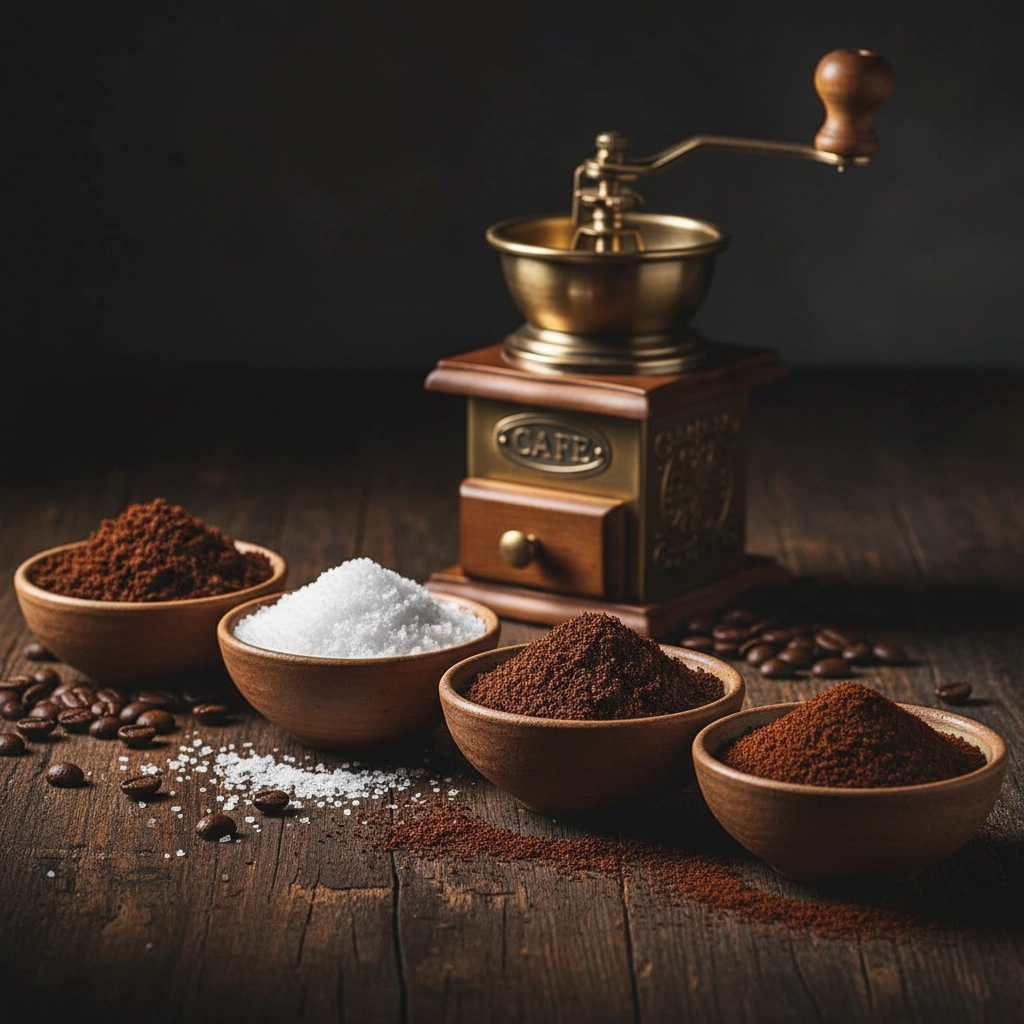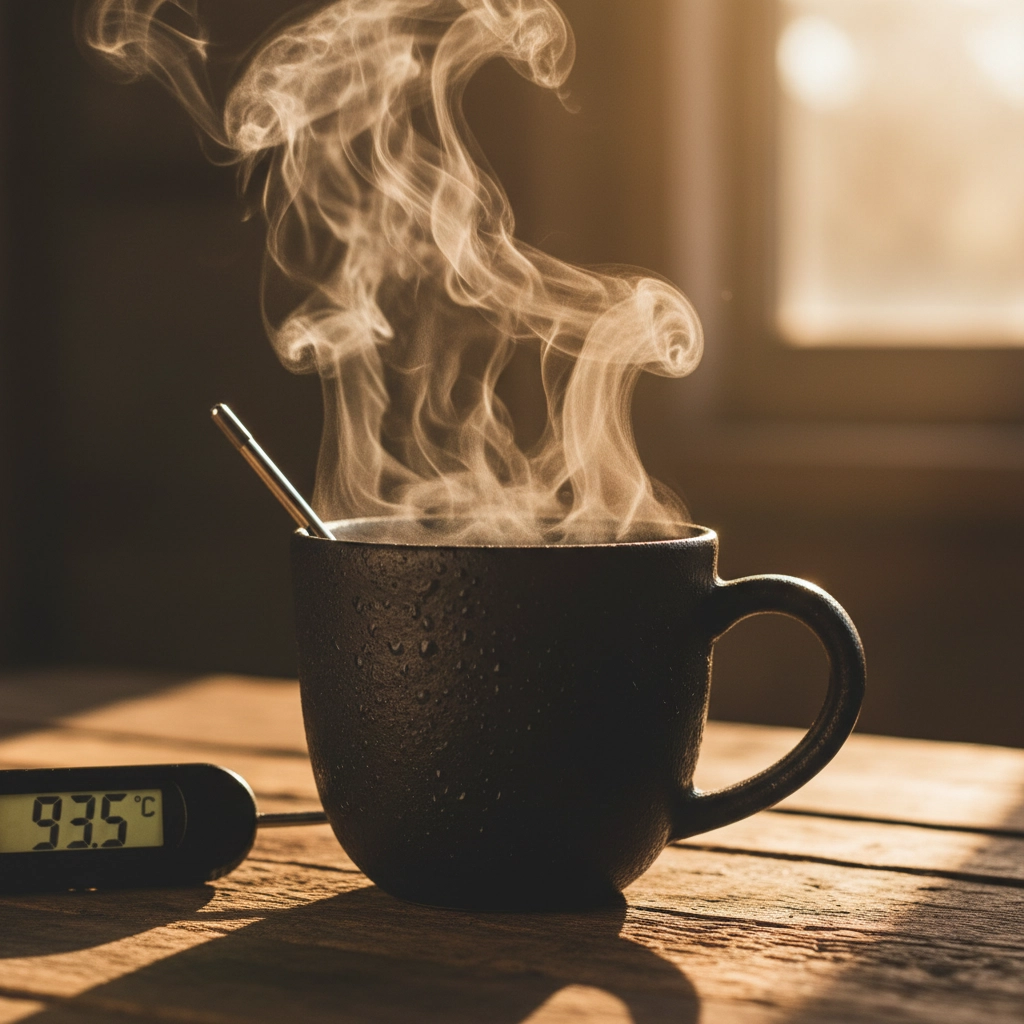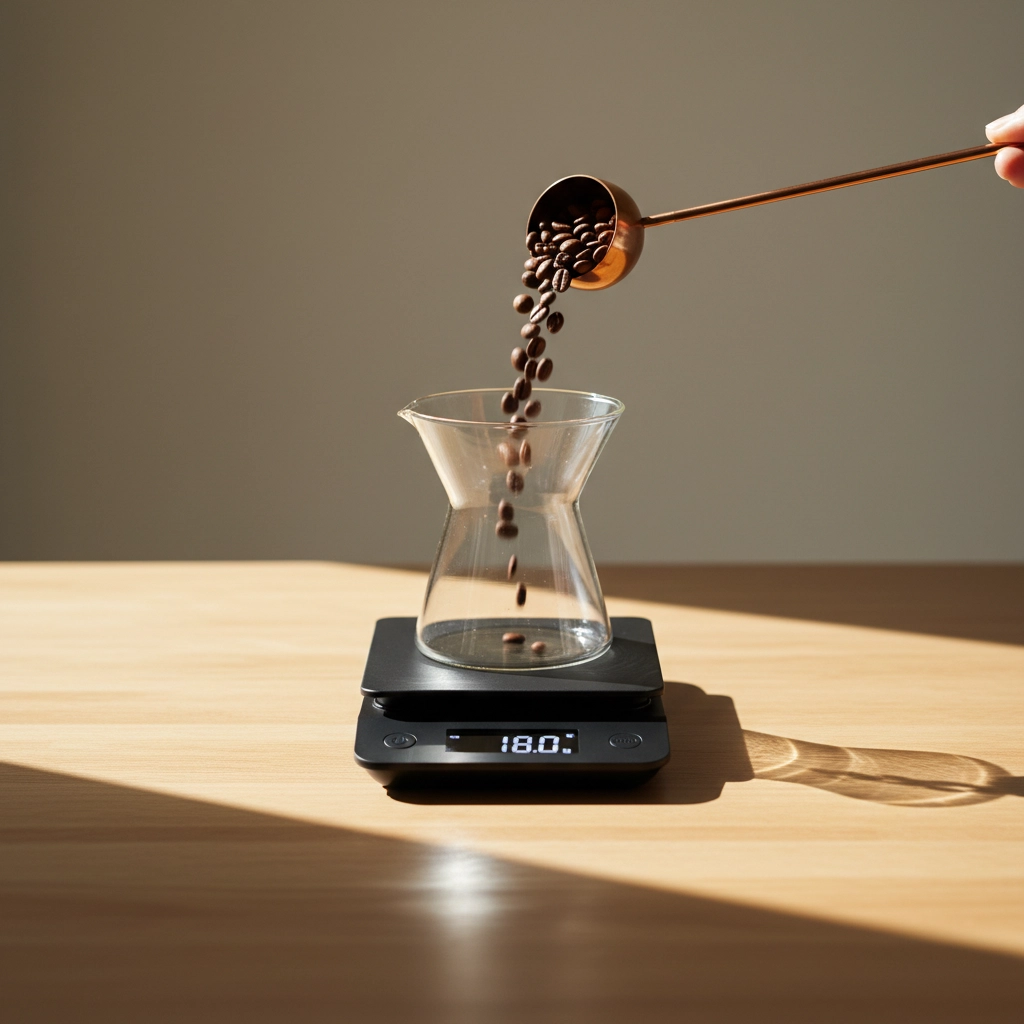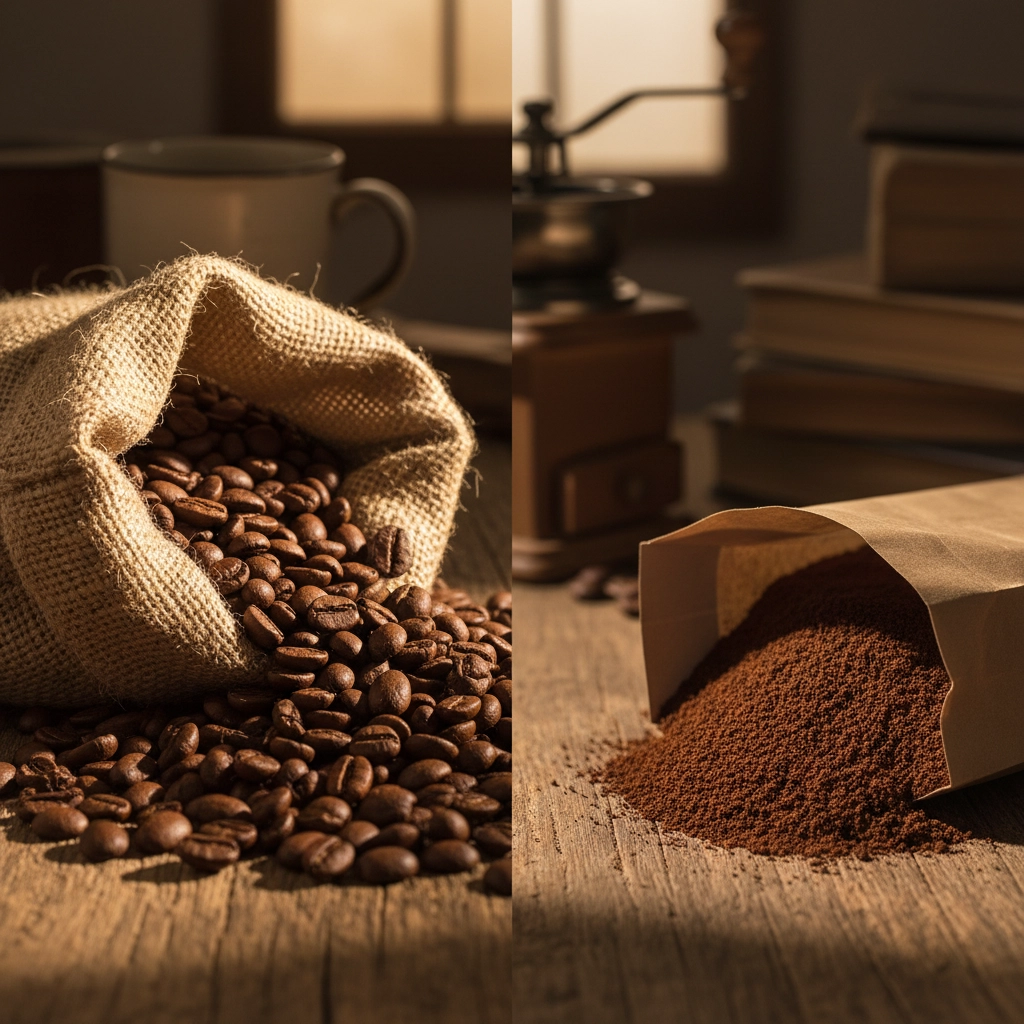Here are today's social media posts for all three platforms:
X (Twitter): ☕ Making these 7 flavored coffee mistakes? You're not alone! From wrong grind size to dirty equipment, these simple fixes will transform your morning cup. Which mistake hits closest to home? 👀 #CoffeeLovers #CoffeeTips
Instagram: Are you making these coffee mistakes? 😅☕
✗ Wrong grind size for your brew method ✗ Water too hot (or too cold!) ✗ Guessing your coffee-to-water ratio ✗ Using pre-ground instead of fresh ✗ Storing beans in the freezer ✗ Not measuring properly ✗ Dirty brewing equipment
The good news? They're all easy fixes! 💪 Which one surprised you most?
#CoffeeLovers #CoffeeTips #MorningCoffee #CoffeeHacks #FlavoredCoffee #CoffeeEducation #BaristaSecrets #CoffeeCommunity
LinkedIn: Coffee quality issues at the office? You might be making these 7 common brewing mistakes.
From incorrect grind sizes to improper storage, small changes can dramatically improve your team's coffee experience. Better coffee = better productivity, right?
What's your biggest coffee pet peeve in the workplace?
#WorkplaceCulture #CoffeeLovers #OfficeLife #ProductivityTips
Your morning coffee ritual should be perfect, but if you're like most coffee lovers, you're probably making at least one of these seven critical mistakes that's sabotaging your flavored coffee experience. The good news? Every single one of these problems has a simple fix that will transform your daily brew from disappointing to delicious.
Mistake #1: Using the Wrong Grind Size
This is hands-down the most common mistake that ruins perfectly good flavored coffee. Your grind size directly controls how quickly water extracts flavors from your coffee grounds, and getting it wrong creates a domino effect of brewing problems.
When your grind is too fine for your brewing method, you'll end up with bitter, over-extracted coffee that masks those delicate flavor notes you paid extra for. Too coarse? You'll get weak, under-extracted coffee where the flavoring overpowers the actual coffee taste.
The Fix: Match your grind to your method. French press needs coarse grounds (think sea salt), pour-over works best with medium-coarse (like kosher salt), drip coffee makers want medium grounds (similar to table salt), and espresso requires fine grounds (almost powder-like). If you're using a blade grinder, consider upgrading to a burr grinder for consistent particle size.

Mistake #2: Getting Your Water Temperature Wrong
Water temperature is the secret weapon most home brewers completely ignore. Too hot, and you'll scald your coffee, creating harsh bitterness that drowns out subtle flavoring. Too cool, and you won't extract enough flavor compounds, leaving you with weak, lifeless coffee.
This mistake is especially devastating with flavored coffees because artificial and natural flavorings are often delicate compounds that break down or become unbalanced when exposed to extreme temperatures.
The Fix: Aim for water between 195°F and 205°F (90°C to 96°C). Don't have a thermometer? Bring water to a rolling boil, then let it sit for 30-45 seconds. This simple pause makes all the difference between a perfect cup and a ruined one.
Mistake #3: Ignoring Your Coffee-to-Water Ratio
Eyeballing your coffee measurements might feel intuitive, but it's a recipe for inconsistent, often disappointing results. Too much coffee creates an overwhelming brew where flavoring gets lost in bitterness. Too little coffee produces weak liquid that tastes more like flavored water than actual coffee.
The Fix: Use the golden ratio of 1 gram of coffee for every 15-17 grams of water. In practical terms, that's about two tablespoons of grounds per 6 ounces of water. Invest in a simple kitchen scale to measure both coffee and water: your taste buds will thank you for the consistency.

Mistake #4: Using Pre-Ground Coffee
Pre-ground flavored coffee might seem convenient, but it's killing your flavor potential. Coffee starts losing its essential oils and aroma compounds the moment it's ground. Those flavor oils that make your vanilla latte or hazelnut blend special? They're evaporating while that bag sits on your shelf.
Pre-ground coffee has significantly more surface area exposed to air, moisture, and light: all enemies of fresh coffee flavor. By the time you brew it, you're getting a shadow of what that coffee could taste like.
The Fix: Buy whole bean flavored coffee and grind only what you need for each brew. If you must use pre-ground, buy smaller quantities and use them within a week of opening. Store opened packages in airtight containers away from light and heat.
Mistake #5: Storing Your Coffee in the Freezer
This myth refuses to die, but freezing coffee beans is one of the worst things you can do to them. Freezers are full of moisture and odors that coffee beans readily absorb. The freeze-thaw cycle breaks down the coffee oils that carry flavor compounds, and flavored coffees are especially vulnerable because their added flavor elements can become damaged or separated.
The Fix: Store your coffee beans in an airtight container at room temperature, away from direct sunlight and heat sources. A pantry shelf or kitchen cabinet works perfectly. Coffee stays fresh for 2-4 weeks when stored properly at room temperature: much longer than most people think.

Mistake #6: Not Measuring Consistently
Inconsistent measuring is the silent killer of good coffee. One day you accidentally use too much coffee and think your blend is too strong. The next day you use too little and blame the coffee for being weak. This inconsistency makes it impossible to dial in the perfect cup and often leads to wasting good coffee.
With flavored coffees, consistency is even more crucial because you're balancing coffee strength with added flavoring. Getting that balance wrong means either overpowering flavors or barely noticeable ones.
The Fix: Always measure both your coffee and water. Use measuring spoons, a scale, or marked scoops: whatever system works for you, just be consistent. Keep notes about what ratios you prefer so you can recreate your perfect cup every time.
Mistake #7: Using Dirty Equipment
Your coffee maker, grinder, and other brewing equipment accumulate coffee oils, mineral deposits, and residue over time. These buildups turn rancid and create off-flavors that compete with your coffee's intended taste. With flavored coffees, dirty equipment can create particularly unpleasant flavor combinations.
Old coffee residue doesn't just taste bad: it can harbor bacteria and mold that pose health risks. Even a small amount of rancid oil from previous brews can ruin an otherwise perfect cup.
The Fix: Clean your equipment after every use. Rinse and dry your coffee maker, wash your grinder regularly, and deep-clean your equipment weekly with appropriate cleaners. For daily maintenance, simple hot water rinses work well. For weekly deep cleaning, use manufacturer-recommended cleaning solutions or a vinegar-water mixture for mineral buildup.

Bonus Tips for Flavored Coffee Success
Beyond avoiding these seven mistakes, here are additional strategies for flavored coffee excellence:
Choose Quality Flavored Coffee: Not all flavored coffees are created equal. Look for brands that use natural flavoring agents and high-quality base coffee beans. Artificial flavors can be harsh and overwhelming when brewing conditions aren't perfect.
Consider Your Brewing Method: Different brewing methods highlight different aspects of flavored coffee. French press tends to emphasize body and richness, making it perfect for vanilla or caramel flavors. Pour-over methods offer more control and clarity, ideal for delicate fruit or floral flavors.
Timing Matters: Flavored coffees often taste best when consumed within a few minutes of brewing. The flavor compounds that make your coffee special are volatile and dissipate quickly when exposed to air.
Transform Your Coffee Experience Today
Most coffee disappointment comes down to these basic mistakes, and the beautiful thing is that every single one is completely fixable with simple changes to your routine. You don't need expensive equipment or barista training: just attention to these fundamental brewing principles.
Start by picking the one mistake you're most guilty of and focus on fixing that first. Once it becomes habit, tackle the next one. Within a few weeks, you'll be brewing consistently excellent flavored coffee that actually tastes like what you paid for.
Your perfect cup is just a few adjustments away. Which mistake will you fix first?




